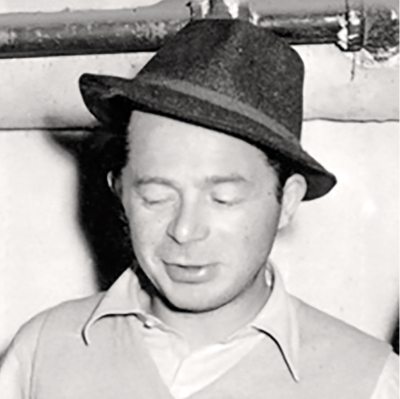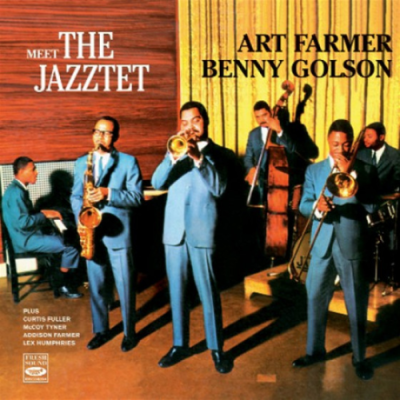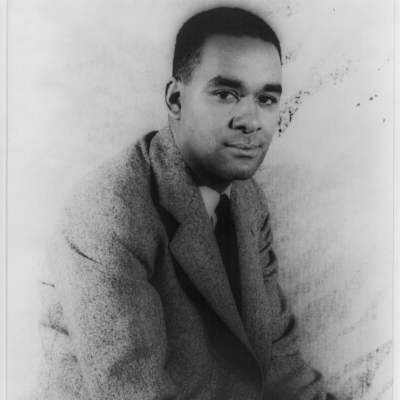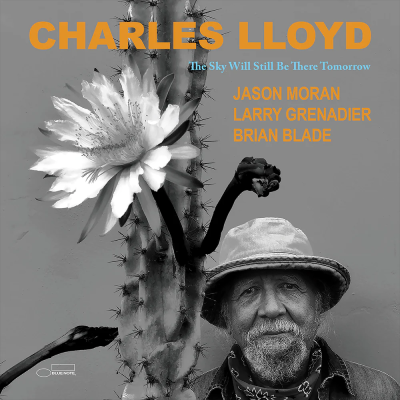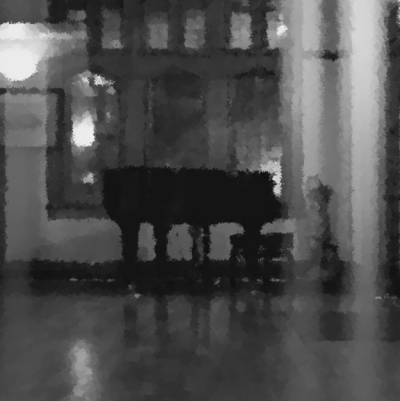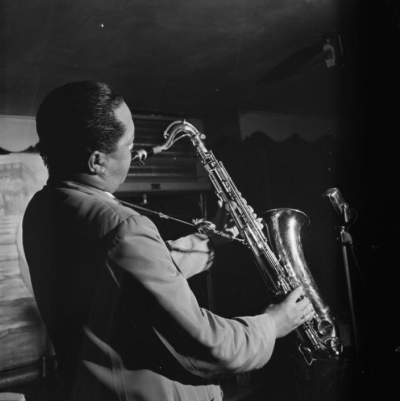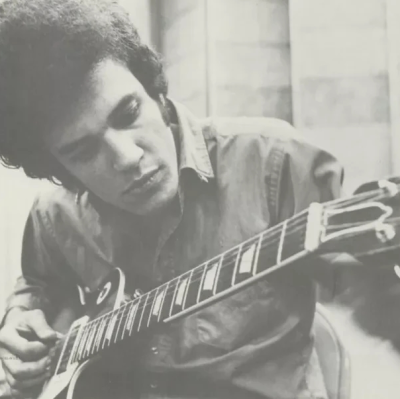The correct answer is Annie Ross!
Annie Ross, with Jon Hendricks and Dave Lambert
Not just the canary female whose dexterous vocals highlighted recordings by the vocal group Lambert, Hendricks & Ross, Annie Ross recorded more than a dozen albums of solid vocal jazz and appeared in many movies. Though she was the last member to join LH&R, she had been pursuing the same pioneering fusions of vocal music with bop delivery for several years before she joined Dave Lambert and Jon Hendricks.
Born Annabelle Lynch in Surrey, England, she moved to Los Angeles at the age of three, with the musical comedienne Ella Logan (either her mother or her aunt, according to differing accounts). By the age of five, she had begun acting and landed roles in the Our Gang series. She later studied acting in New York, then moved back to England where she began singing in nightclubs. Her recording debut came in Paris, with a quartet including James Moody. By 1952, Ross was back in New York and recording with most of the Modern Jazz Quartet for her first album, Singin’ and Swingin’. Later that year, she recorded an album with vocalese pioneer King Pleasure. Though she featured on only four tracks of King Pleasure Sings/Annie Ross Sings, her reprise of tenor Wardell Gray‘s solo on the song “Twisted” became a vocalese landmark.
During 1953, Annie Ross toured throughout Europe with one of Lionel Hampton‘s best bands (including Clifford Brown, Art Farmer, Quincy Jones, and Gigi Gryce). She stayed there for several years and recorded albums for HMV and Pye before returning to America in 1957 when a New York nightclub engagement beckoned. While there, she did a vocal session with Dave Lambert and Jon Hendricks, who were working on an album of Basie solos transposed for vocals. Realizing they shared much in common, Ross was invited to join the group, naturally christened Lambert, Hendricks & Ross.
An immediate success with their first album, 1957’s Sing a Song of Basie, the trio revolutionized vocal music with a set of light-speed scats that treated words as mere tools in the construction of exciting feats of vocal musicianship. Relentless touring and rumors of a falling out with Hendricks finally led to Ross‘ exit from the band in 1962. (Though LH&R soon became LH&B with the addition of Yolande Bavan, it was quite clear that Ross‘ role had been an important one, and the group disbanded less than two years later.)
Even while involved with the group, Annie Ross had continued her solo career with few interruptions. In late 1957, she recorded Sings a Song with Mulligan for the World Pacific label, with West Coast stars Gerry Mulligan and Chet Baker in support on a set of bright standards that highlighted her interpretive skills as well as a few flights of vocal fancy. Two additional LPs followed for World Pacific, A Gasser! (with Zoot Sims) and a straight rendition of the Broadway hit Gypsy. After LH&R split, she moved back to England and resumed her stage and film career, recording only three more albums during the ’60s. A few years back in Los Angeles gained her parts in high-profile movies during the ’80s and ’90s, including Superman III, Pump Up the Volume, and Robert Altman‘s Short Cuts. For the latter film, she recorded several numbers for the soundtrack, and re-emerged with a new recording for 1995, Music Is Forever.
- John Bush, for the All Music Guide to Jazz
_____
Lambert, Hendricks and Ross sing “Airegin”
Play another Jazz History Quiz!








